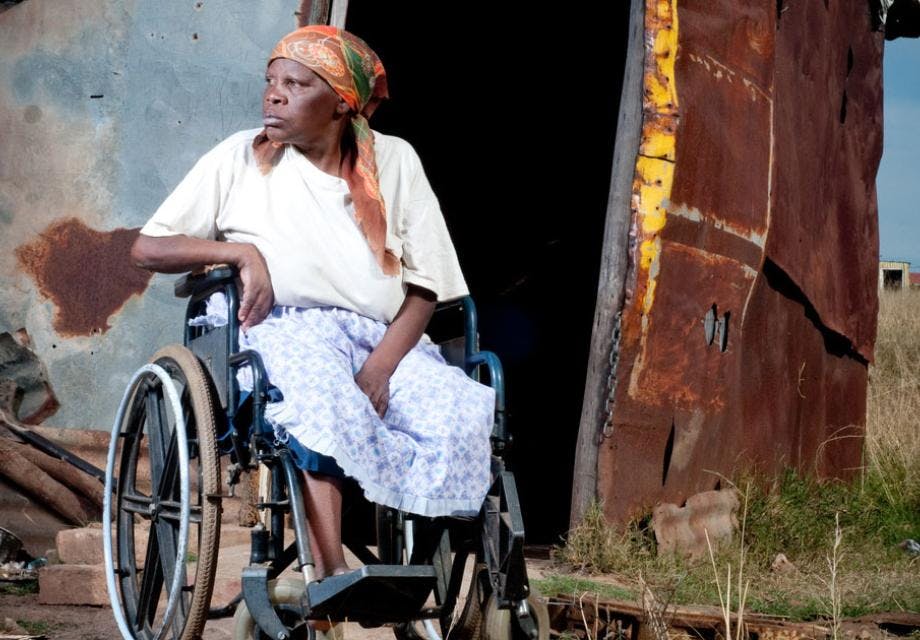Burundian women with disabilities three times more likely to be living with HIV
Caitlin Mahon
20 August 2020
Research suggests women with disabilities are significantly more vulnerable to HIV than other women and disabled men – and that this is linked to sexual violence.
A study comparing HIV prevalence and vulnerability among people with and without disabilities in Bujumbura, Burundi has found disabled women are significantly more vulnerable to HIV than both non-disabled women and disabled men – and that this is linked to poverty and sexual violence.
Between December 2017 and December 2018 researchers enrolled around 600 people with disabilities into the study then matched them with non-disabled people of the same age, sex and location. To examine differences between being disabled from birth or at a young age, and becoming disabled later in life, half of the people with disabilities included in the study were disabled before the age of 10 and half after this age.
All study participants were tested for HIV and answered questions on their life, social environment and knowledge of sexual health.
HIV prevalence was more than three-times higher among women with disabilities than among non-disabled women (12.1% compared to 3.8%).
But HIV prevalence was similar among disabled and non-disabled men – at a level that was ten times lower than the prevalence among women with disabilities.
The study found 75% of women with disabilities experienced ‘multidimensional poverty’ – which includes a lack of access to education, health and income – compared to 46% of non-disabled women. Among men, the gap was smaller, at 68% of men with disabilities experiencing poverty compared to 54% of non-disabled men.
People with disabilities had a lower education level, lived in more deprived households, had experienced food insecurity during childhood, and were less likely to be in education or work. People who were disabled from a younger age had the lowest education levels and were the least likely to take part in education or work, while those who developed disabilities later in life were more likely to live in poorer households.
Roughly one in five women who had been disabled at a young age and had experienced social isolation were living with HIV – a prevalence of 19%. Education level and sexual violence were linked to HIV among this group. Levels of transactional sex and multidimensional poverty were also particularly high.
Overall, women with disabilities were at higher risk of sexual violence than non-disabled women. But, again, there was little difference among disabled and non-disabled men in relation to this measure.
Around half of non-disabled women and those who developed disabilities later in life had engaged in risky sexual activities, and this level was lower among women who had been disabled since childhood. In contrast, risky sexual activities were more often reported by men without disabilities (64%) than by those with disabilities (53% among men disabled after the age of 10 and 34% of men disabled before this age).
Providing sex in exchange for money was over three times more common for women who became disabled after childhood (15%) compared to non-disabled women and women who were disabled under the age of 10 (3.4% and 4%). Few men reported exchanging sex for money, although this was highest among non-disabled men at 3%.
These results highlight the role sexual violence and risky sexual activities play in women with disability's vulnerability to HIV. It also indicates the need for disability-inclusive data and for HIV prevention programmes that specifically address people with disabilites’ psychosocial needs.
Commenting on the research, Jill Hanass-Hancock of the South African Medical Research Council said: “While these results are specific to Burundi's HIV response… we see that accessible HIV-services and social protection alone do not address the increased risk of exposure to HIV among women with disabilities. We also need to address violence against women with disabilities, their exclusion from education and increased social isolation.”
Get our news and blogs by email
Keep up-to-date with all our latest news stories and blogs by signing up to the Be in the KNOW news digest.
